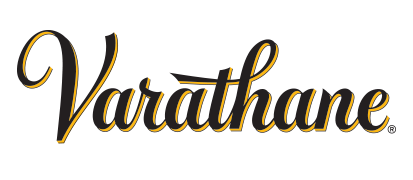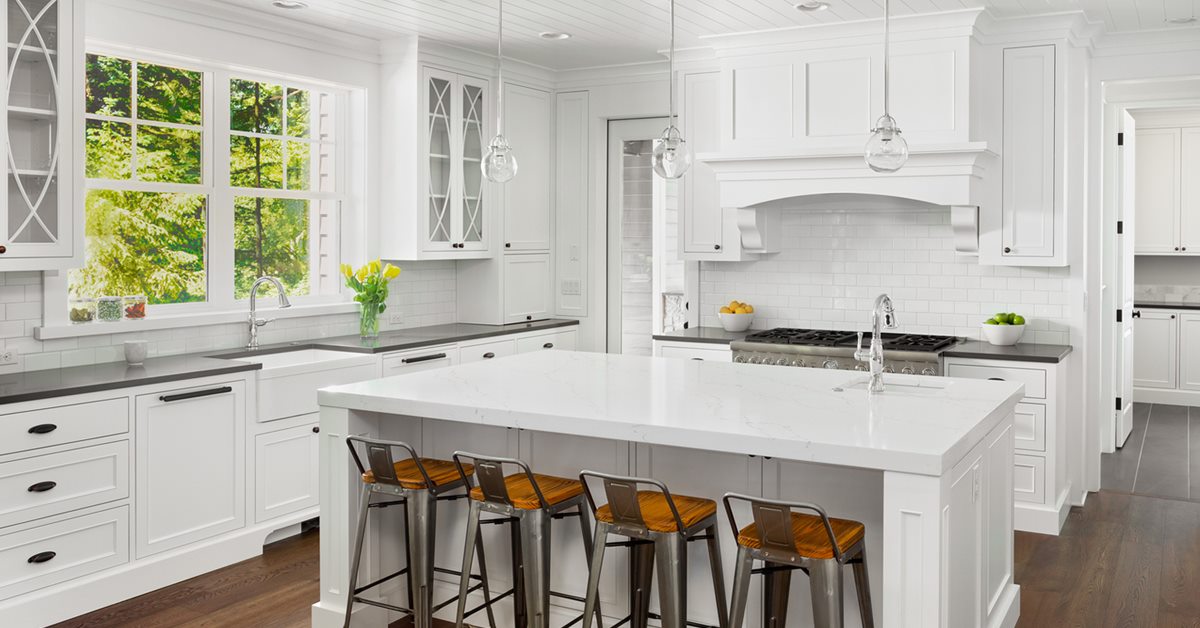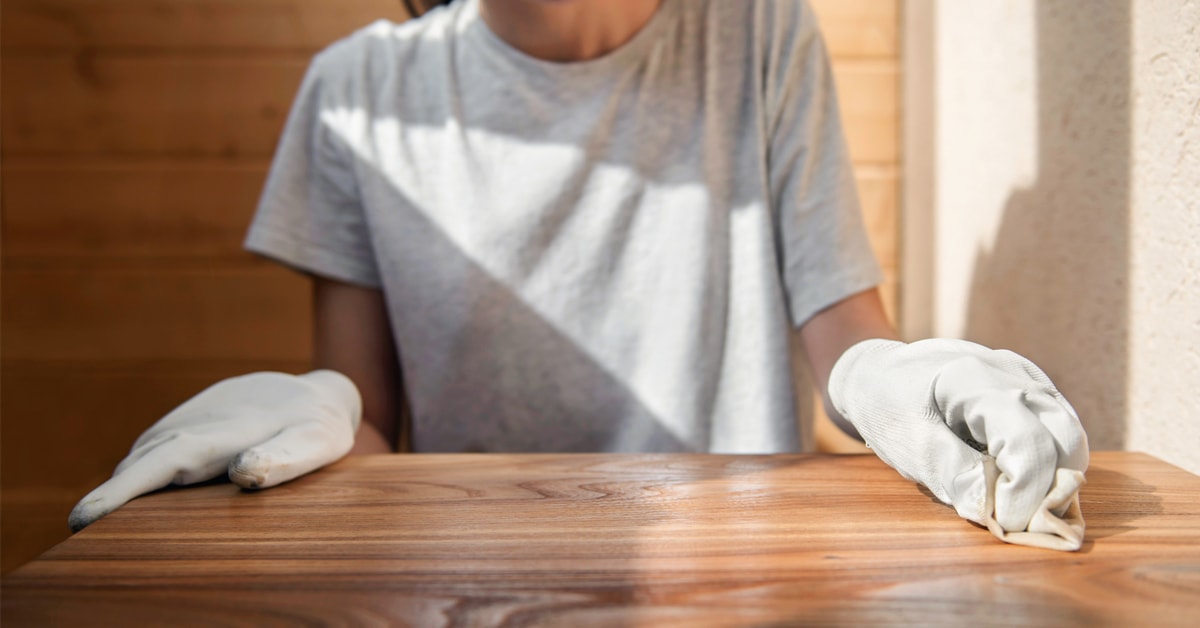
Everything You Need to Know About Varnish
Wood adds sophistication and value to any home, but it also needs protection from wear and tear, sunlight, and water. This guide reviews the different types of varnish and their applications. Learn how to protect wood surfaces and avoid common problems to keep them beautiful for years to come.
Different Types of Protective Wood Finishes
You can find many different types of varnish on the market today. Each one is unique, offering a different appearance and level of protection. Make sure to choose the right one for your project.
Here is a look at some of the most common types of wood varnish:
Water-based polyurethane
A quick-drying varnish that cuts down on waiting between coats. Sometimes combined with acrylic, it provides a clear finish that showcases the stain or colour of the wood, making it particularly suitable for lighter woods. You can also find water-based polyurethane formulated specifically for hardwood floors. It is easy to clean with soap and water and produces less odour than oil-based varnish.
Oil-based polyurethane
A hard-finish varnish with a light amber tint that gives it a golden glow and warm appeal. Oil-based varnish offers excellent protection for hardwood floors but is typically not preferred for lighter woods, as it may darken the wood considerably. It takes longer to dry than water-based varnish but requires fewer coats. Mineral spirits are required for cleanup.
Oil-modified polyurethane
Combines the quick-drying properties of water-based varnish with the warm finish of oil-based products. It is a durable choice for wood floors and can be cleaned with just soap and water.
Lacquer
A quick-drying and easy-to-apply topcoat that only requires a couple of coats for a clear and high-gloss finish. Can work on both wood and metal surfaces but is not a preferred option for floors as it can scratch easily and develop an amber tint with age. Lacquer thinner is required for cleanup.
Shellac
A natural, alcohol-based topcoat with a slight amber finish and a wood tone that may not go as well with lighter woods. Suitable for floors but not as resistant to scratching as polyurethane and will require more upkeep. Also not as heat resistant as other finishes so not suitable for surfaces where hot mugs or plates will be set down. Works on cured plaster, cured masonry, drywall, and metal, and can be cleaned up with denatured alcohol or a mixture of water and ammonia.
Spar urethane
A highly resilient, oil-based varnish with a long drying time but an exceptionally durable finish that will protect wood surfaces from UV, water, and temperature damage. An ideal choice for wood surfaces that make regular contact with moisture, like bathroom cabinets and bar tops, as well as for window or trim wood that is exposed to sunlight. Can be cleaned with mineral spirits.
Pro Tip
Choose the Right Sheen
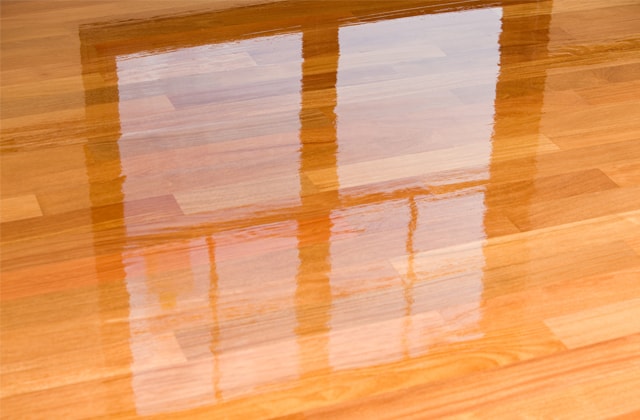
Sheen refers to the lustre or shine of the topcoat or finish.
A high-gloss or gloss finish gives the wood a deep and brilliant shine but can also make it easier to spot blemishes.
Semi-gloss finishes offer a more muted level of shine.
Satin finishes provide a moderate shine and a more natural look. They are good for hiding minor surface imperfections.
Flat and matte finishes have very low to little shine and will also help obscure imperfections on the surface.
Other Protective and Decorative Finishes
There are a number of other products that can protect or enhance the appearance of wood, like Danish oil, tung oil, and finishes made for specific applications like conditioning cutting boards and butcher blocks.
You can also find washes, wood effects, and other decorative finishes for creating aged, weathered, crackled, or burnt looks. Some can even transform latex paint into a glaze, be used in place of topcoats and stains, or be applied over stained wood.
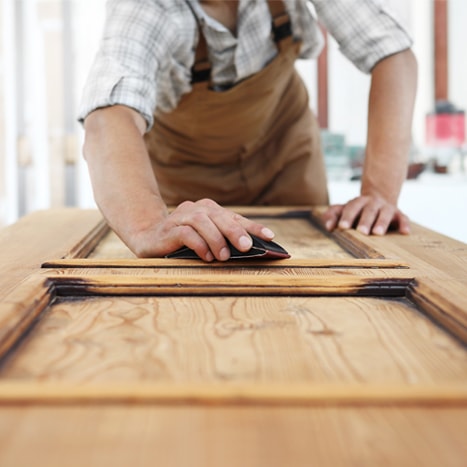
Surface Preparation Steps for Wood Care
- Before starting, test the stain on a piece of scrap wood or an inconspicuous part of the surface you will be working on. After it dries, see how it looks in the light of the room it will be in. The final appearance can be impacted by the lighting in the room, the wood’s natural colour and texture, and the stain opacity, so it can help to know what to expect.
- Clean the wood surface.
- TSP is an effective option that won’t damage the surface.
- Wax should be removed using a wax stripper
- Use 220-grit sandpaper and sand in the direction of the wood grain to help with adhesion. Do not use steel wool.
- Wipe away any remaining dust.
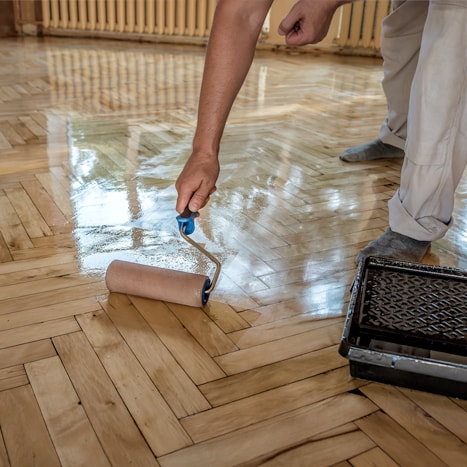
How to Apply Varnish
Depending on the selected product, follow the steps below to apply varnish to a wooden surface:
Water-Based Products
- Apply product with good quality polyester brush, a pad applicator, or spray equipment.
- Let the first coat dry for 3-4 hours.
- Repeat for the second and third coats
- Sand in the direction of the grain before the final coat.
Note: Product initially appears milky white but dries clear.
Oil-Based Products
- Apply product with good quality bristle brush, a pad applicator, or spray equipment.
- Wait at least 8-12 hours before applying a new coat.
- Clean tools with mineral spirits.
Pro Tip
Common Varnish Application Problems
Issue | Possible Cause |
Bubbling |
|
Chipping, cracking, or flaking |
|
Film stays tacky |
|
Brush strokes |
|
Finish dries milky or cloudy |
|
Hi/Low spots |
|
Issue | Possible Cause |
Bubbling |
|
Chipping, cracking, or flaking |
|
Film stays tacky |
|
Brush strokes |
|
Finish dries milky or cloudy |
|
Hi/Low spots |
|









